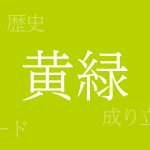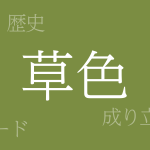Color is like magic, stirring emotions and reflecting culture. Among them, the Japanese traditional color ‘Teal (青緑, あおみどり)’ captivates many with its depth and tranquility. This article delves into the allure of Teal, exploring its history, color codes, and its relevance to global color names.
About Teal (青緑)
Teal (青緑) is located between blue and green on the color spectrum, reminiscent of the fresh hues of water and plants in nature. Known for its calming effects, it is widely used in interiors, fashion, and art. Teal imparts a sense of calm, making it highly valued in today’s stressful society.
The History of Teal
Teal has been cherished in Japan for centuries. During the Heian period, it was used in the garments of the nobility, establishing its status as a symbol of Japanese nature. In the Edo period, it was frequently used in art such as Ukiyo-e, becoming a crucial element of Japan’s traditional aesthetics.
Teal Color Codes
Accurate reproduction of Teal in digital design and printing requires specific color codes. Below are the color codes for Teal:
- HEX: #00A497
- RGB: R:0 G:164 B:151
- CMYK: C:77 M:17 Y:49 K:0
Western Names for Teal
In English, Teal is referred to as ‘Teal,’ named after the color of the feathers of a type of duck called the Teal, known for its sophisticated impression. It is recognized internationally.
Summary on Teal
As a traditional Japanese color, Teal’s beauty and history are profound, and its value is being rediscovered in various fields today. Used in design, art, and fashion, Teal continues to soothe the viewer’s mind with its timeless appeal. Through this article, we hope to deepen your appreciation of Teal and inspire its incorporation into your everyday life.

























